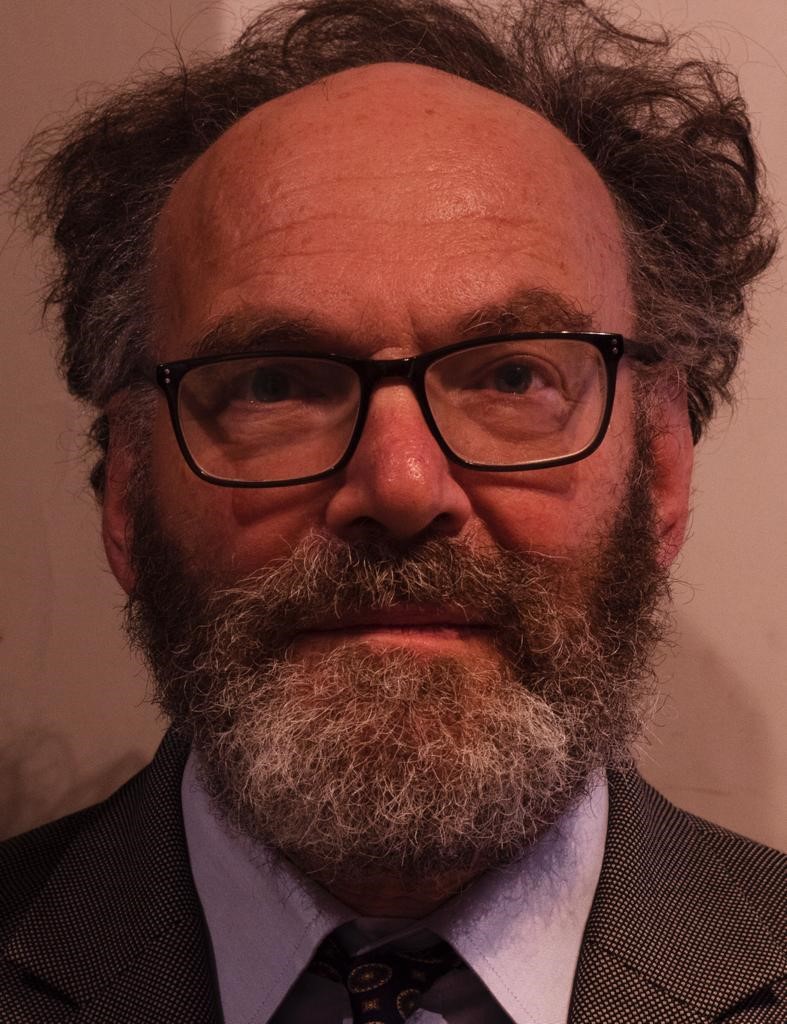Banks encountering suspicious transactions will soon be able to file a collective SuperSAR to the financial intelligence unit at the National Crime Agency.
The provisions of the recently published Criminal Finances Bill will give banks greater legal protection when they work together to investigate money trails and to accumulate and share evidence, Donald Toon, head of the Economic and Cyber Crime Command at the National Crime Agency, told Thomson Reuters Regulatory Intelligence. Toon said the new bill would give banks “better cover” to share material and to prepare evidence in advance of a submission.
Critical step forward
The measures embodied in the bill represent a critical step forward. They will encourage greater cooperation between banks on specific cases and enhance role and significance of the NCA’s Joint Money Laundering Intelligence Taskforce (JMLIT).
The JMLIT operations group —the hub of the organisation — comprises officers from the NCA, HM Revenue and Customs, City of London Police, the Metropolitan Police Service, the Serious Fraud Office (SFO), the Financial Conduct Authority (FCA) and Cifas, as well as vetted staff from Barclays, Santander, Standard Chartered, RBS, HSBC, BNP Paribas, Citigroup, Nationwide, Lloyds, the Post Office and JPMorgan.
According to the NCA, the JMLIT’s work has so far led to the arrest of 37 suspected money launderers; the launch of 186 bank-led investigations into customers suspected of money laundering; the identification of 137 suspicious accounts; “heightened monitoring” by banks of 165 accounts; and the closure of 114 bank accounts suspected of being used for the purposes of laundering criminal funds.
At the moment, banks share only material on specific cases that has been anonymised, to ensure they cannot be accused of tipping off, something outlawed by current legislation. Once the Criminal Finances Bill has been enacted, this mine will be removed from the battlefield.
“This gives [banks] the cover to do more specific preparation work before coming in with a better-developed picture. There are a lot of things we would never hear about because it might look odd to a bank, but they are not clear about why it should be suspicious. Now they can have a conversation with the other banks involved in the chain [of laundering], and actually identify the reasons why they are collectively suspicious about a money laundering structure,” Toon said.
He said that the new measures were of particular importance to the legal advisers of cooperating banks. “They can get comfort from the clauses in the new bill related to JMLIT. What matters is the confidence of the banks and of their legal advisers. They have to be confident that they are not putting themselves at risk. This enables them, very explicitly, to work with other banks and regulators through the JMLIT structure.”
Closer cooperation
The targeting of money laundering risks will also be improved through closer cooperation between banks. Banks have responded over-zealously to the risk posed by nationals of some countries deemed to be high-risk by closing accounts linked to those countries; Toon cited the case of Somalia. In fact, closer cooperation would enable the institutions to fine-tune such de-risking procedures and move more accurately against those clearly identified with suspicious activity.
“There has been an issue about de-risking in the past, of banks closing accounts. Banks need to close accounts on the basis that they have an intelligent understanding of the risk that is posed there. It is about these accounts, these individuals and not anyone who is dealing with a country such as Somalia. Then you reduce the de-risking concern, and you get a more targeted intervention by the banks,” Toon said.
He said that any concerns banks might have about greater cooperation through the new, more open, JMLIT structure should be allayed by the realisation that bank representatives shared common concerns about the integrity of the system.
“These are people whose job it is to keep the system secure, to keep the dirty money out, with specific responsibilities under the law. They are senior managers, money laundering reporting officers for the bank. These are not people who go out and do trading in the markets. These are the people who have a legal responsibility about identification of money laundering risk and the response to it,” he said.
